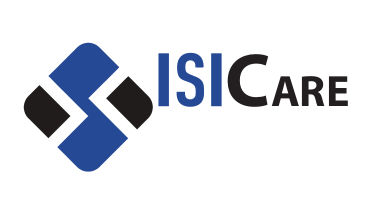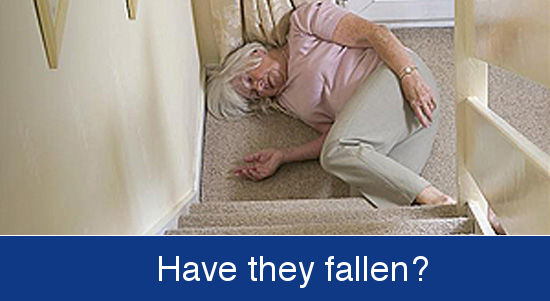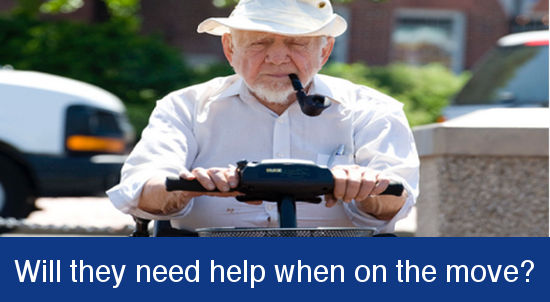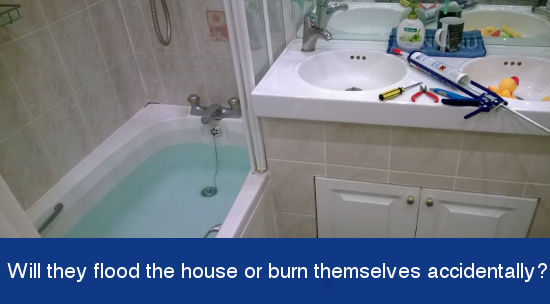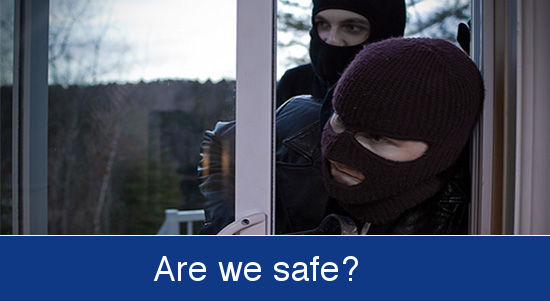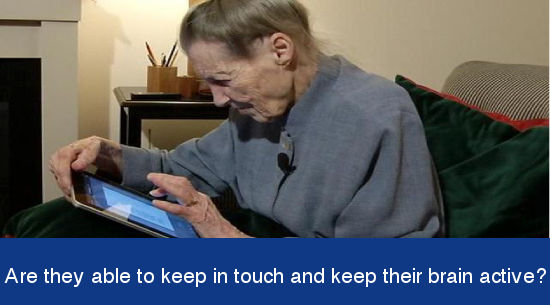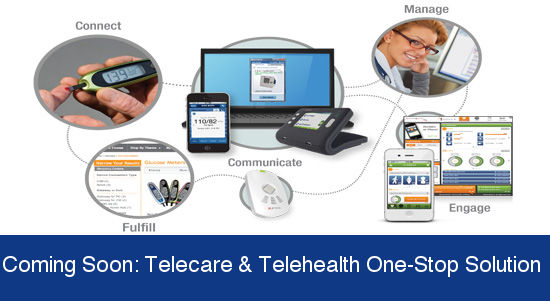Aging in Place
How can technology help seniors & people needing assistance?
The goal of aging in place is for a senior to remain in their home, a place of comfort and familiarity, safely for as long as possible. Using technology can help achieve this goal. It makes life easier, which in turn empowers your loved one, instead of making them feel like they’re losing a sense of control when they struggle to do things for themselves.
ISICare Technology Solution
Technology from Innovative Solutions Inc. (ISICare) can provide a safer and healthier environment for Independent Living, which means improved convenience for you or a loved one with special needs such as the elderly, individuals with specific challenges or impairments, and those living with disabilities. We provide technological assistance systems, covering safety and security, personal health, communication, Alzheimer’s and cognition tools, wanderer alerts and more. Find improved quality of life with residential technology whether you have low vision or blindness, are hard of hearing or deaf, mobility impaired, physically challenged or simply enjoying your golden years.
How technology integrators can help
- Activity monitoring, fall detection, and wandering solutions
- PERS (Personal Emergency Response Systems)
- Communications, music therapy, reminders, and brain fitness
- Health and wellness assessment, medication management, and vital recording
Smart Technology Allows for Greater Independence
Caregivers are stressed!
- The sandwich generation
- 12 percent quit their jobs to provide care full time
- A high number of caregivers show clinically significant symptoms of depression
- Battling siblings
- “Time is the most expensive commodity, I provide, but it has no price tag.”
- “We fight about Grandma a lot. My wife will say: ‘what do you want me to do? It’s my mother!’ As a good daughter, she always feels guilty, and I always come out the bad guy.
Scenario 1
Family members can be altered if something seem amiss (for example, the door opens during the night, medications are not accessed, or excessive motion is detected at the foot of the stairs). All of this serves to engage, support, and enable an individual to be as independent, connected and healthy as possible. Many senior citizens fear moving into a nursing home and the loss of their independence far more than death.
Scenario 2
Your 85-year-old mother is in the early stages of dementia, has painful arthritis that makes walking difficult and has cataracts that gives her blurry vision. She won’t move to an assisted living community because she wants to stay at home and age in place. But you fear it’s only a matter of time before she gets hurt. You want to honour her desire to stay home, but also want her to be safe. How do you find an acceptable compromise?

